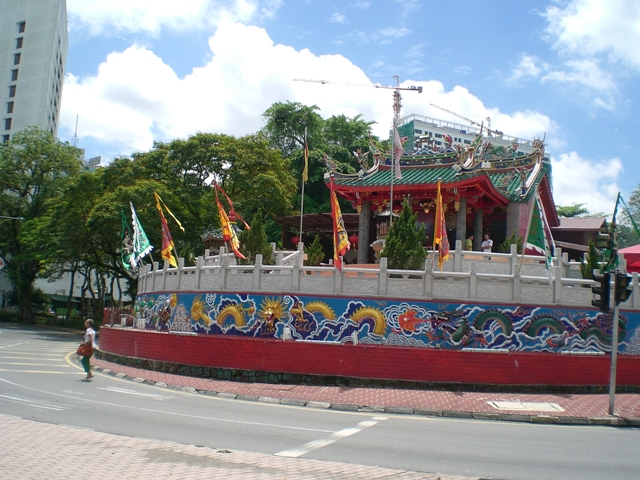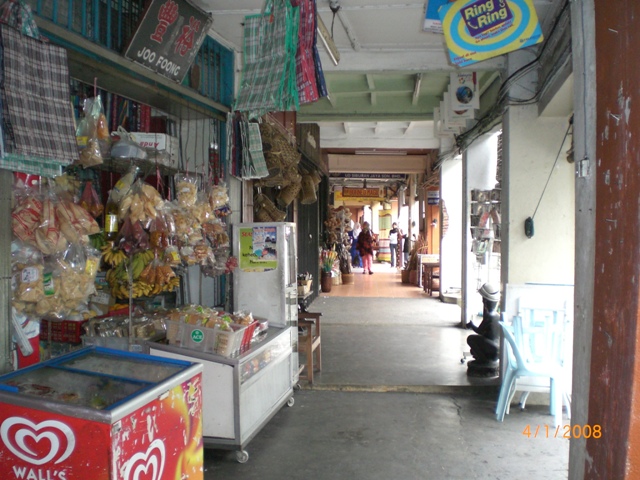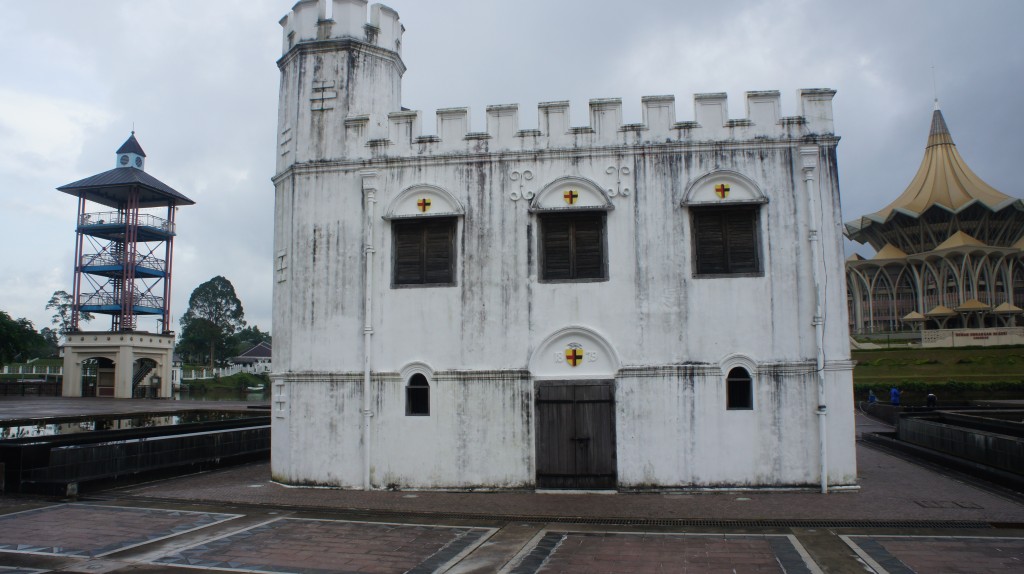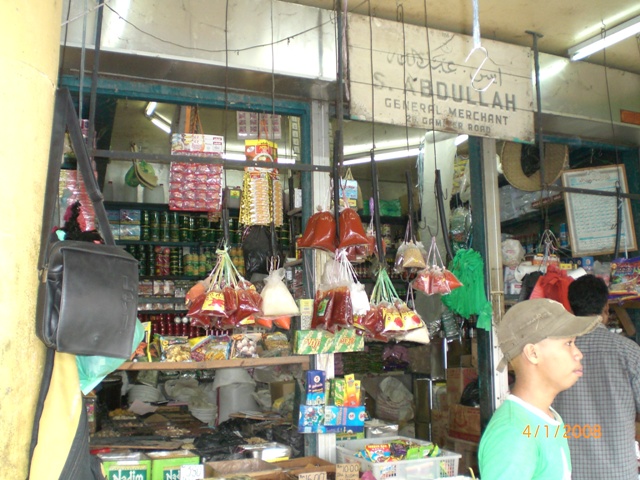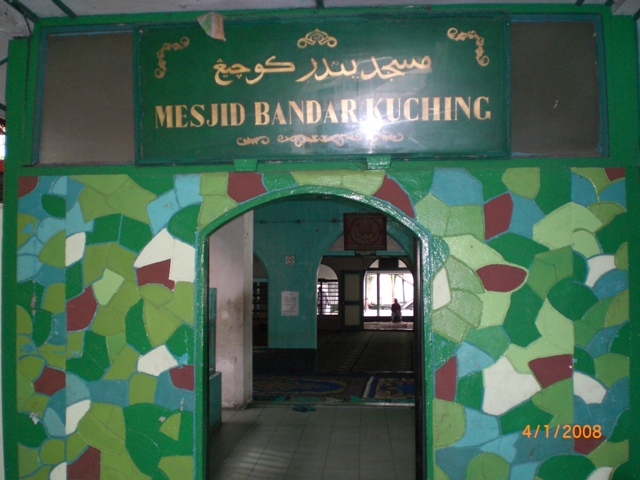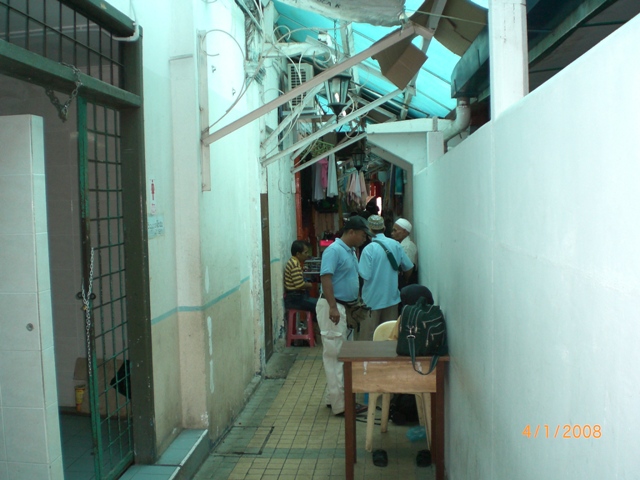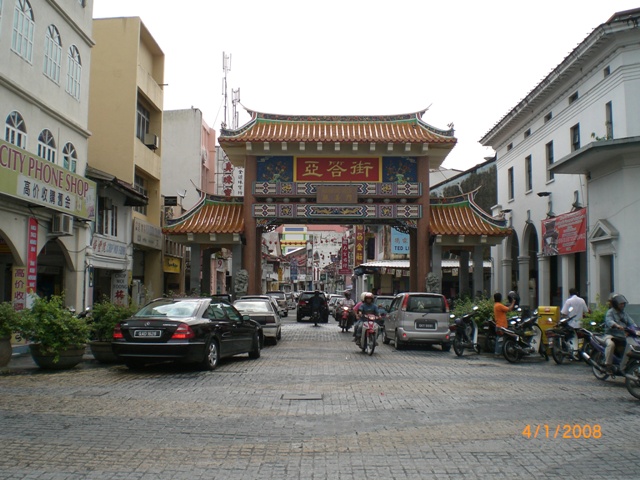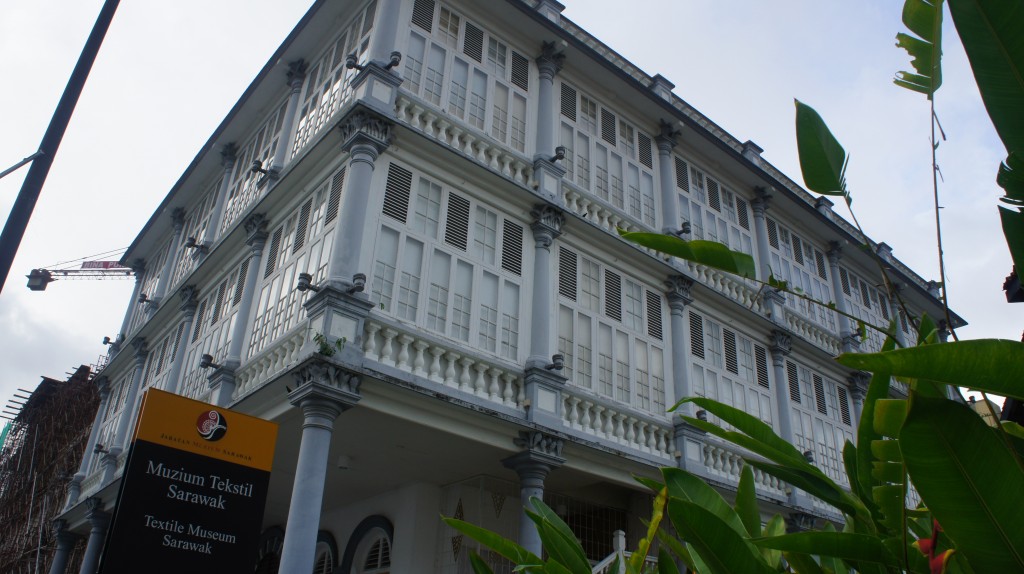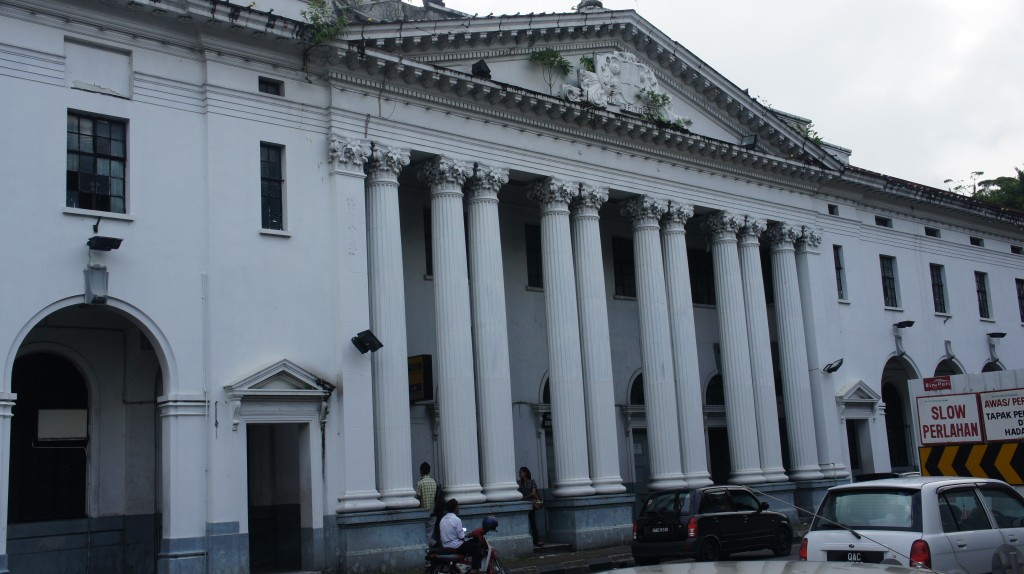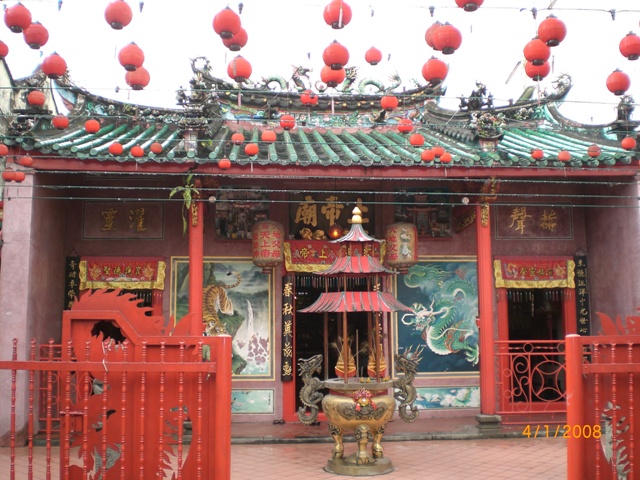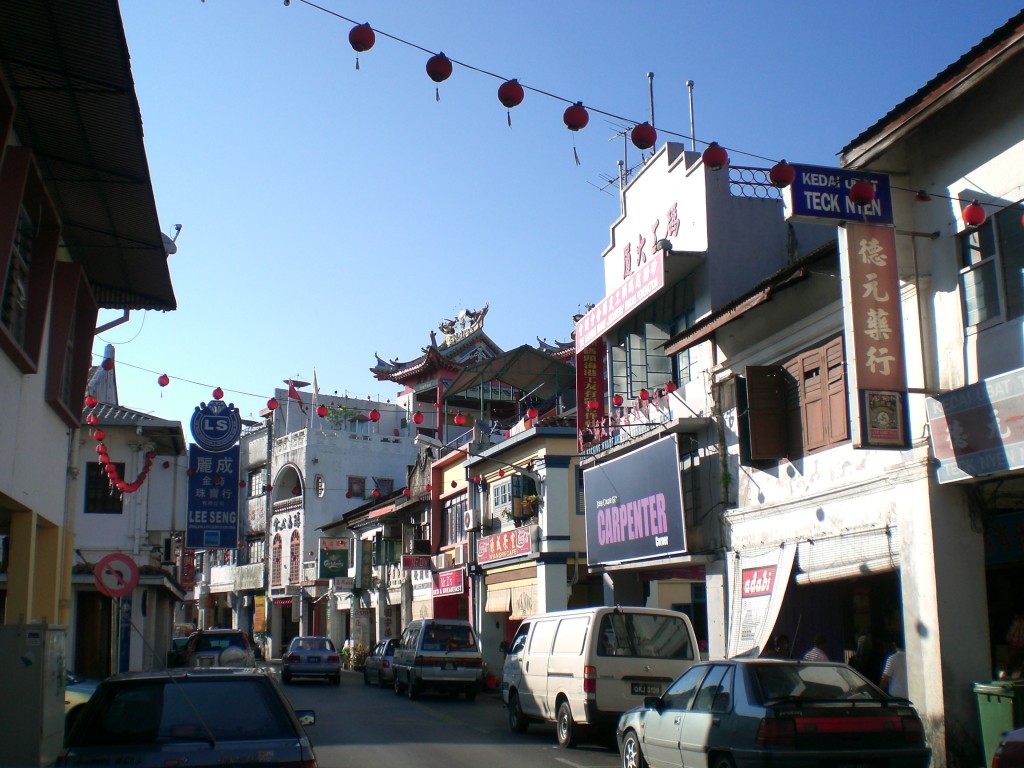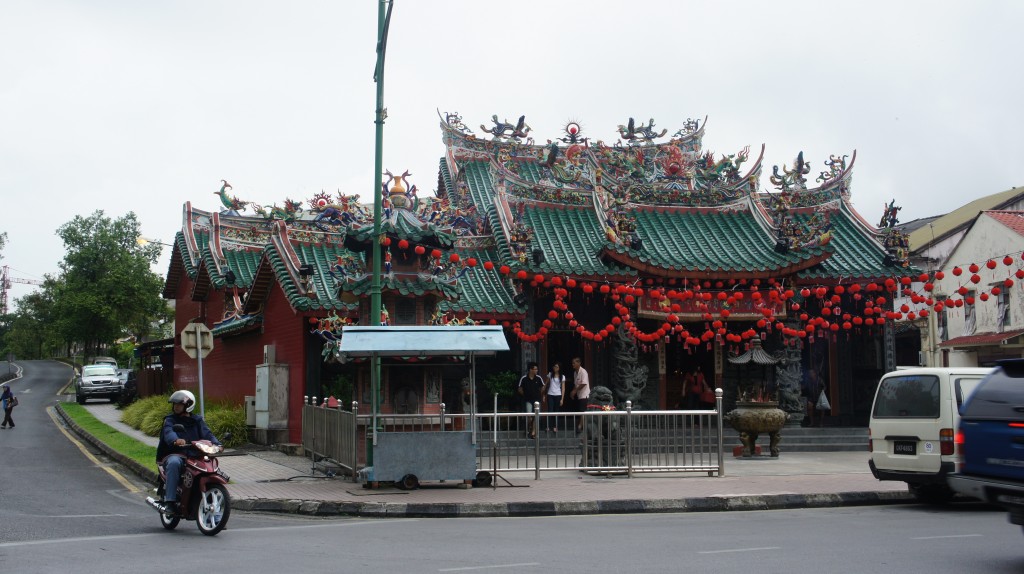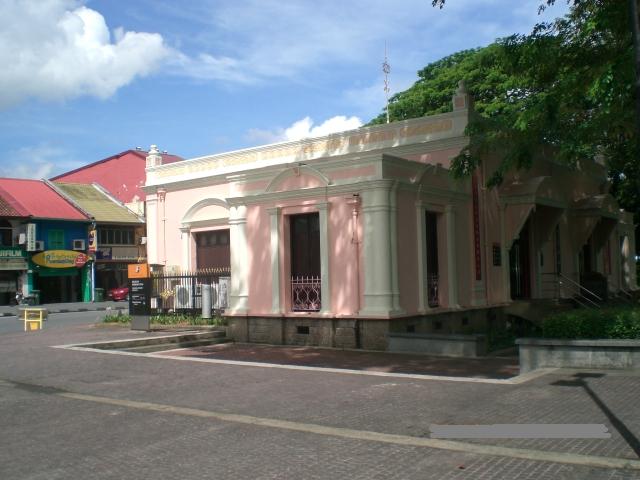Kuching’s old quarter is a very compact area and a walker’s/sightseer’s paradise. However, a basic knowledge of this city’s history is necessary to enjoy the trail to the fullest.
Sarawak in the 1830s was a territory of the Sultanate of Brunei, and was in a state of anarchy with the natives in rebellion against the hugely unpopular Brunei governor. A young Brunei prince, Muda Hashim, was sent to oversee the situation but could do nothing either. Thus the timely arrival of a British adventurer James Brooke, who with his powerful warboat, the Royalist, presented a golden opportunity to the young prince to put down the rebellion. However there was a trade-off. This Englishman was to be rewarded with a little corner of Borneo for his trouble. A deal was struck between the hapless Muda Hashim and Brooke, who with much gusto hunted down the rebels successfully and in record time too! It was revealed later that the Brunei Sultan much regretted the deal, but had to honour it, but later making the young prince pay for his foolishness with his life (That’s another story, though). And thus the White Rajah and the Brooke Dynasty was founded in 1841 with the soldier of fortune James Brooke establishing his personal fiefdom.
James Brooke and his nephew, Charles Brooke, who succeeded him, had over the years astutely acquired more and more territories from Brunei and by 1905 assumed its present-day size. It was during this 100-year old (1841-1941) Brooke dynasty that various historical buildings, many of a decidedly European flavor, were built side by side among the old Chinese shophouses in the old quarter. It was also noteworthy that in their days, the Brookes created quite an uproar among the British society for their unorthodox rule over the riches of the state and the slaying of rebellious natives (which if happened in modern days, would amount to a mini holocaust). At least as a colony some riches could have ultimately filtered down to the British people, but in the case of Sarawak, every cent went to the Brooke family coffer. Thus the British populace at large tended to view the Brooke regime as tyrannical. Perhaps some jealousy was at play here.
As Kuching was the capital of the White Rajah during those days, all the government’s offices and machineries were located here. There is first and foremost, the Astana (the palace), and Fort Magherita across the river. In the downtown area the imposing Sarawak Museum, the General Post Office, the Pavilion, Square Tower, the Courthouse, and many others are all sited in a compact area. And each of them has a fascinating story to tell. Particularly the Courthouse which served as the government’s “office complex” with its many annexes and rooms, and later as the Courthouse and finally as recently as in the 1970s, it was the site of the state legislature, itself one of the oldest law making body in South East Asia. The many roads with English names also bear testimonies to the Brooke’s century hold on power. Thus to walk among these buildings is to actually trod on the footsteps of the three White Rajahs, who once ruled Sarawak as their private property.
As this guide is an attempt to trace the Heritage Trail, detailed description of the attractions will not be mentioned here, instead they are linked and readers can refer to them later in more details while focusing on the actual trail itself.
An ideal place to start the trail is the Tua Pek Kong Chinese temple, being strategically located at the junction of Main Bazaar and Temple St. Standing on the outer courtyard of the temple, visitors command a splendid view of the Sarawak River with the imposing new State Legislative Building as the background, while the busy traffic swirls around its ramparts below. This is one of the oldest temples in Sarawak and a popular pit stop for tourists.
The Main Bazaar was the downtown commercial centre of Kuching in its early days with its long row of typical Chinese shophouses many dating back to the early 1900s and earlier. Continue walking until you reach the junction with the Old Courthouse in view. On your right across the road on the Waterfront is the Square Tower, an whitewashed edifice built in 1879 as a guard house. The old Clock Tower and the Charles Brooke Memorial is in front of the Courthouse.

The Old Courthouse complex, with the with the Clock Tower and the Charles Brooke Memorial in front of the building.
Continue straight on by crossing the street. Some of the oldest shophouses in Kuching are found here in Gambier Street, where many sundry stores and Indian spices shop sell pungent curry flavours and pastes. Sandwiched between the shops is an old Indian Mosque dating back to the 1800s and is still in use.
Beside shophouse No. 25, walk into a small narrow Mosque Lane to pass the old Indian mosque and some clothing stores and exit into India Street, which was so called because of the concerntration of Indian traders here in the olden days. From here turn left towards the direction of the old Courthouse seen in the distance. Continue walking pass its arched porticoes into a nice courtyard where in the street across, the Chinese style arched gateway of Carpenter Street beckons.
But before crossing the street to Carpenter Street, there are two interesting buildings on the right, the Round Tower and the Pavilion. The former, under a bright sunshine, looks like a Spanish building with its whitewashed walls and was actually built as a government dispensary. While the Pavilion, built in 1910, was a government office building and later served as a people’s clinic. It now houses the Textile Museum and has an interesting display of native fabric like the Iban’s pua kumbu, the Malay’s kain songket and batik and other native handicraft.
Right opposite the Pavilion and across the road is the General Post Office, one of the very few buildings in the region employing the impressive Corinthian columns as its front facade. Beside the Post Office is the entrance to one of the most interesting and colourful streets in Kuching, the Carpenter Street. Along this narrow street and lining both sides are old Chinese shophouses not unlike those found in Melaka in West Malaysia. There are many furniture shops here besides the usual sundry stores, medicine shops, coffee shops among others. The Hiang Thian Siang Ti, a 150-year old Chinese Teochew temple is sandwiched on both sides by old shophouses.
Walking further onward is the junction with China Street, which has some tinsmiths still hammering away making tin utensils to order. Upper China Street still has a charcoal dealer, and a casket vendor still plies his trade further down the street. Another street bisects Carpenter Street further up, this is Bishopsgate Street, which was purportedly a side entrance of the St. Thomas Cathedral behind the shophouses. From this junction on Carpenter Street is known as Ewe Hai Street though it is a direct continuation of the former, and at its very end runs into Wayang Street, where another Chinese temple, the Hong San Si, is located.
From this junction, turn left and walk toward the Kuching Waterfront, there the Chinese History Museum standson a landscaped garden, just within a stone’s throw of the Tua Pek Kong Temple where the trail first started. Thus ends the Kuching Heritage Trail, a walk that covers a loop from Main Bazaar to Gambier Street, then to India Street and Carpenter Street. Depending on the speed of the walker, and some shopping stops, the walk probably lasts an hour or two.
This trail however disregards two important landmarks: The Astana, built in 1868 as the White Rajah’s “palace” and is now out of bound to visitors as it is the official residence of Sarawak’s Head of State. While the Sarawak Museum is excluded because it far deviates from the trail and entails extra hours, and is advised to be visited separately on its own. Finally, a brisk walk along the Kuching Waterfront, a beautiful landscaped esplanade by the Sarawak River, is the perfect way to round up this tour.
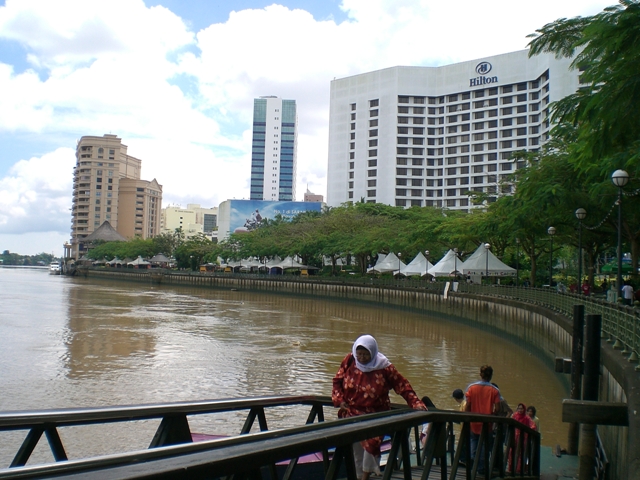
About a kilometre long, this is a nice esplanade beside the Sarawak River and runs alongside the Main Bazaar and Gambier St.
